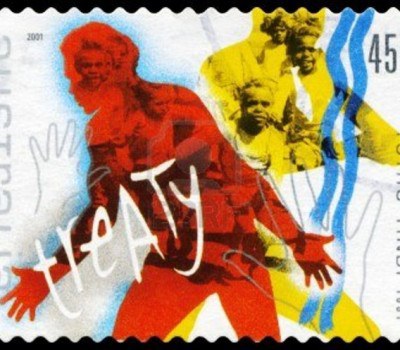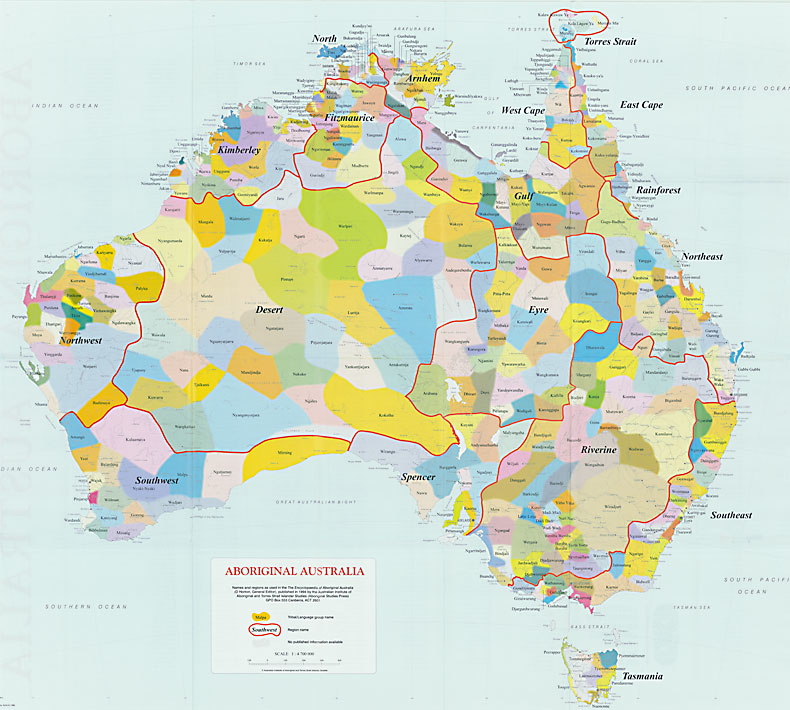Our Republic can be a Treaty

By R D Wood
At present a discussion of the republic seems separate from a discussion of a treaty with Indigenous people. And yet, a republic can enable a type of constitutional recognition for all Australians and it can be a type of treaty with the many bodies that represent our ‘first nations’. It could also pay heed to the many types of law here that are still thriving be that in Aranda, Banjima or Yolgnu country.
It is essential to understand Indigenous laws as their own body of important knowledge. The implications of acknowledging this are yet to be fully formed but if the debates between Murandoo Yanner and Noel Pearson are anything to go by, we need to acknowledge the diversity of opinion when it comes to traditions that pre-date 1788. Indeed, if we recognise that there were and are Indigenous legal systems here, which is something gestured towards by Bruce Pascoe in Dark Emu and A P Elkin in Aboriginal Men of High Degree, we need to think through their shared attributes and interpret them with good common sense. In other words, we need to realise the true implications of the fact that Australia has been long inhabited.
It needs to be said that Indigenous law is not unitary or singular, but rather there are many legal systems that differ. In the Pilbara alone there is men’s law and women’s law and different legal structures and titles within those two as well. It is as complex as any UN Resolution but that does not mean we cannot collaborate on what a new legal structure looks like for Australia as a whole. Many countries have many different systems of law operating concurrently. Hong Kong is simply one place where this is the case and India has Muslim Personal laws as well as the British derived constitution.
In addition, other nations have some ideas that were never taken on board. For example John Wesley Powell proposed the idea of ‘watershed democracy’ in the United States in the mid-nineteenth century. This divided governance into areas based on water bodies rather than on agricultural patchworks, squiggly lines not perpendicular squares. If Australia’s jurisdiction had been divided based on catchment areas we might have avoided the Murray-Darling tragedy. In regards to Australia’s greatest river, we might not find ourselves in the same difficulty as we are at present if we had a system like Powell’s or if we had a system where water rights belong completely to the end of resource user like the mouth of a river. The law needs to embody that. The law needs to understand that there are potential systems of government here that can mesh with traditional life and that this can fit with the cutting edge of legal title and economics.
If one looks at the AIATSIS map based on Indigenous Australia (below), we can see that the continent is divided into 17 areas – Southwest, Northwest, Desert, Kimberley, Fitzmaurice, Arnhem, Gulf, West Cape, Torres Strait, East Cape, Rainforest, Northeast, Southeast, Riverine, Spencer, Tasmania, Eyre. They are geographic and political entities that correspond to governmental possibilities. These are based largely on water bodies and the styles of life in them are different too. If you have travelled around Australia and spent time in remote Indigenous communities you know that the Central Desert is a world away from the Torres Strait or Tasmania. While I am attached to the states, and am proud to be a sandgroper, we need to rethink the fundamental boundaries that have been drawn here. Two houses of parliament make sense, but why not two levels with regional authorities that are watersheds. This would be instead of the state and local levels that are divided based on straight lines.
That might mean the abolition of state and local governments and their replacement with one level of hydro-geographically based authorities that assume their duties. After all, it is a common criticism that our public service is bloated and inefficient. This view does a disservice to the people who work in it but it also contains a half-truth. We need to ask what does the public want to see achieved? How can we best serve it? Australia could be well and truly a watershed republic. This could be a better society than what we now have and which fits with traditional Indigenous law as it exists in the archive and in communities right across Australia.
People can speculate on why a republic cannot happen at the moment, and blame that on the lack of political leadership. It is not often we get anarchists or libertarians in positions of power, but we could be happy to let go of being a colony. More importantly though, from where I stand, it is a great opportunity to discuss what kind of society we want to be, to discuss what our future looks like, especially for our most vulnerable as they interact with the legal systems in this country. That will mean confronting deaths in custody, advocating for non-violent policing and keeping channels of communication open that had seemed to be closed. We can do this by thinking through bureaucratic procedures including re-organising the states to approximate traditional Indigenous sovereign bodies, changing our Constitution and citizenship ceremonies to be a type of treaty and recognition, and integrating old systems of understanding into contemporary laws. This will mean we are on the path to accepting who we truly are.










2 comments
Login here Register here-
Michael -
Michael
Return to home pageThought provokingly interesting – worth imagining and walking through – surely worthy of barefoot on the “ground” meet-up of fellow AIMNers to kick things off?
I am feeling lonely.